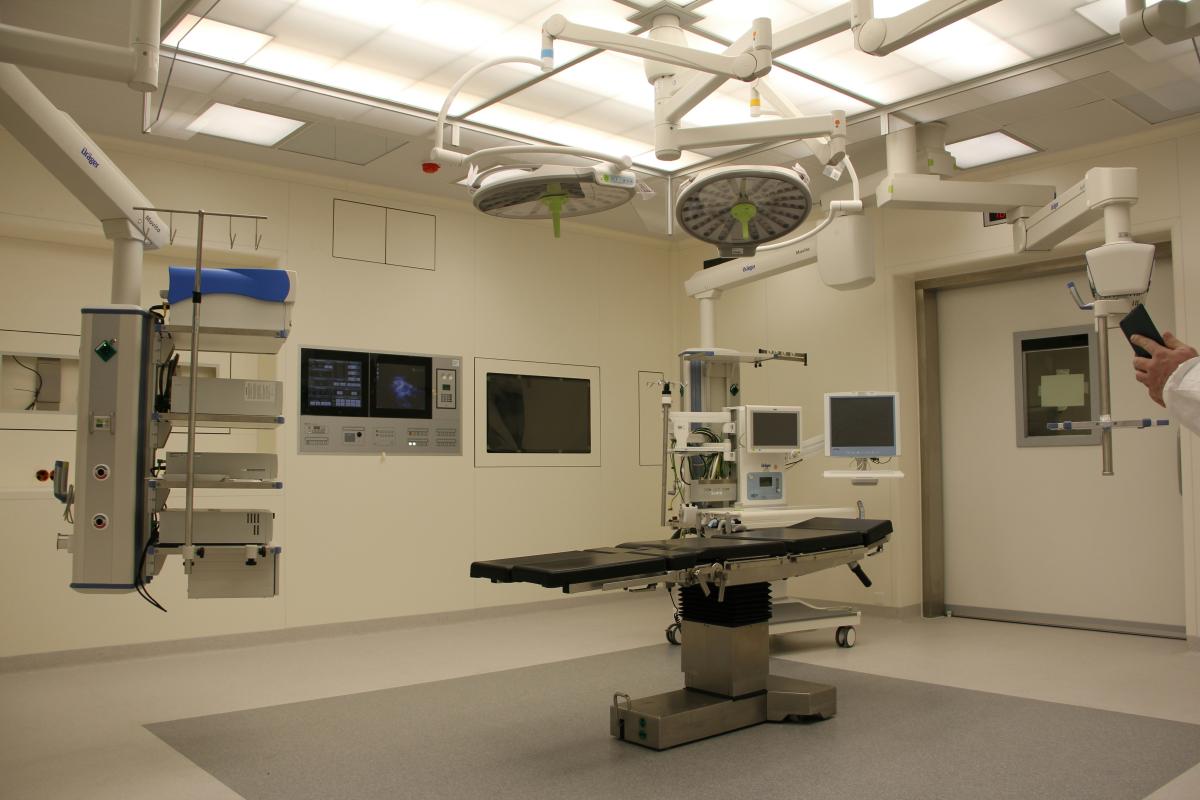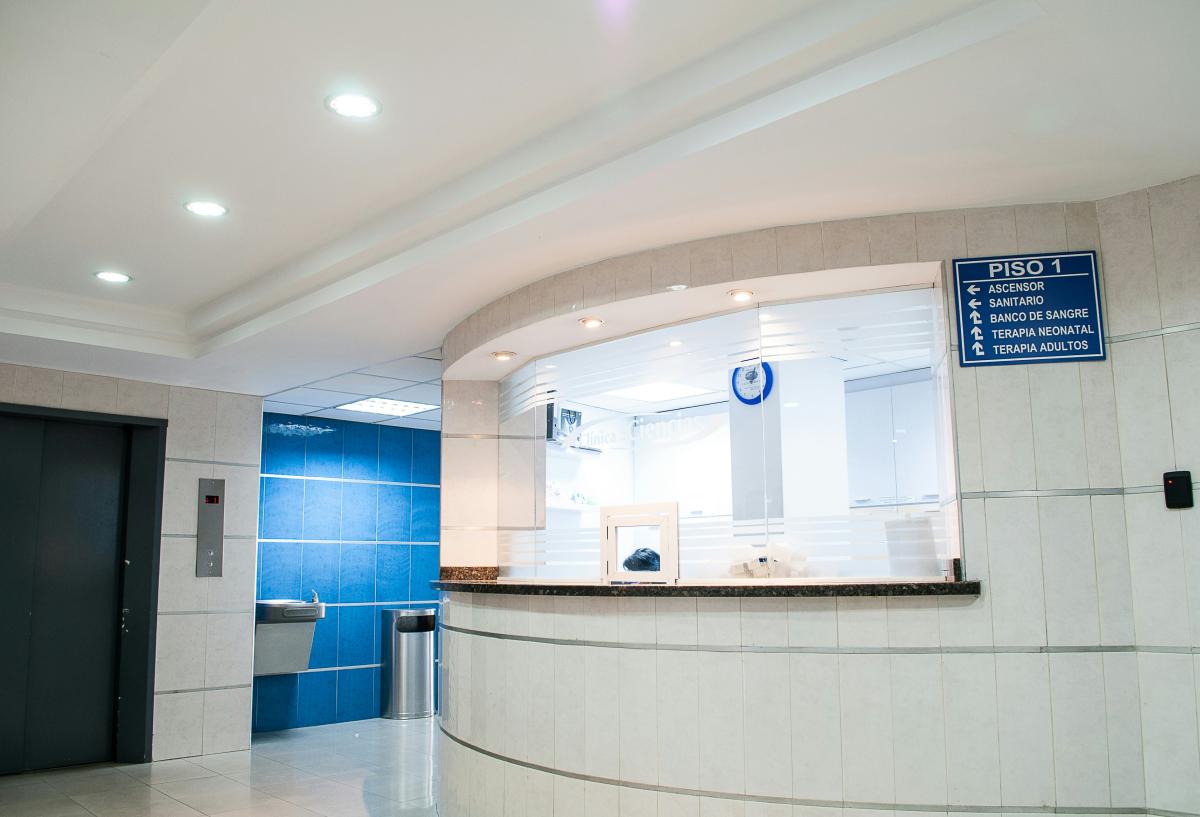Each day we are exposed to artificial lighting for between 8 to 16 hours, and this prolonged exposure naturally impacts our health, both negatively and positively. This is especially true for hospitals and clinics where patients are more sensitive, have weaker immunity, and are exposed to artificial lighting more constantly. There’s an extensive body of research that tries to study the effects of the type of lighting installed in hospitals and clinics, and in this article, we’ll go over the primary reasons why most studies recommend the exclusive use of LED fixtures in clinics!
The Health Impact of LED Lights
How LED lighting compares to traditional lighting methods regarding health concerns is the core question that hospitals and clinics need an answer to, and in this section, we’ll give a detailed explanation regarding how they compare on several key parameters!
Zero UV Emissions
LED lighting produces zero UV emissions and trace amounts of infrared lighting – both of which can be harmful to individuals, especially those with compromised immune systems commonly found in hospitals and clinics. By using LED fixtures as the primary light source on the premises, you’ll protect both your patients and their visitors from harmful UV emissions and excessive exposure to infrared lighting.
Gentler on the Eyes
Traditional lighting methods are incapable of generating light directly. Rather, they pass an electric current through a filament which then produces lighting as it consumes energy. This method is not only inefficient but it is also highly inconsistent, so much so that you can visibly see the change in lighting intensity and colour when using older light bulbs. This has a profoundly negative impact on the eyes.
This is in direct contrast to LED fixtures, which directly produce lighting through a diode that converts electricity to light. This means that LED fixtures produce much safer and more stable lighting that is gentler on the eyes and doesn’t impact patients’ and visitors’ moods in negative ways or cause common symptoms associated with long exposure to traditional lighting, like headaches.
LED Lighting Therapy
LED lighting has various therapeutic properties, so much so that it is actively being used in the treatment of various illnesses ranging from skin conditions to psychiatry, and while the properties and intensity of commercial LED lighting differ from therapeutic ones, it still goes to show that LED lighting interacts well with patients and can be a catalyst for health improvements.

Auxiliary Benefits of LED Lighting for Hospitals and Private Clinics
Beyond their direct impact on the health and comfort of both patients and visitors, LED lighting offers many auxiliary benefits to commercial establishments, especially hospitals and private clinics. This has made them ubiquitous across various industries. In this section, we’ll give you a glimpse of the advantages you can expect by relying on LED lighting:
Excellent Energy Savings
LED fixtures provide high-intensity lighting while consuming minimal energy. This is especially important for hospitals and clinics where you need to keep lights on 24/7. By using LED lights instead of conventional lighting, you ensure your hospital conserves energy, both lowering its environmental impact and your establishment’s energy bills, making it an excellent investment.
More Durable and Long-lasting
LED lighting fixtures are extremely durable and require little maintenance to operate at full efficiency for years if not decades. They usually have a lifespan that is twice to three times that of traditional lighting methods. This means that the lighting fixtures need to be replaced or maintained far less frequently, which besides energy consumption, is one of the biggest costs associated with lighting upkeep on a property. LED lighting makes these costs trivial, making it an excellent investment.
Improved Safety
Above we mentioned how LED lighting doesn’t produce UV lighting and only emits minimal infrared lighting, and while this has noticeably beneficial effects on humans, it also matters for the equipment and tools you use in hospitals and clinics. Many pieces of clinical equipment are highly sensitive to UV radiation and often require rooms fitted with specialised LED lighting to properly operate, but even regular equipment can still experience increased wear and tear when subjected to UV rays.
This is why many hospitals and clinics opt for using LED interior lights not only in practice halls but throughout the entire property, and if you wanted improved safety for your equipment.
Why LED Is the Optimal Lighting Solution for Hospitals and Clinics?
LED lighting not only confers various health benefits, but it is also more practical, economical, and affordable. It is an excellent investment for hospitals and clinics as not only does it make patients and visitors more comfortable but also has none of the negative impact traditional lighting methods.

